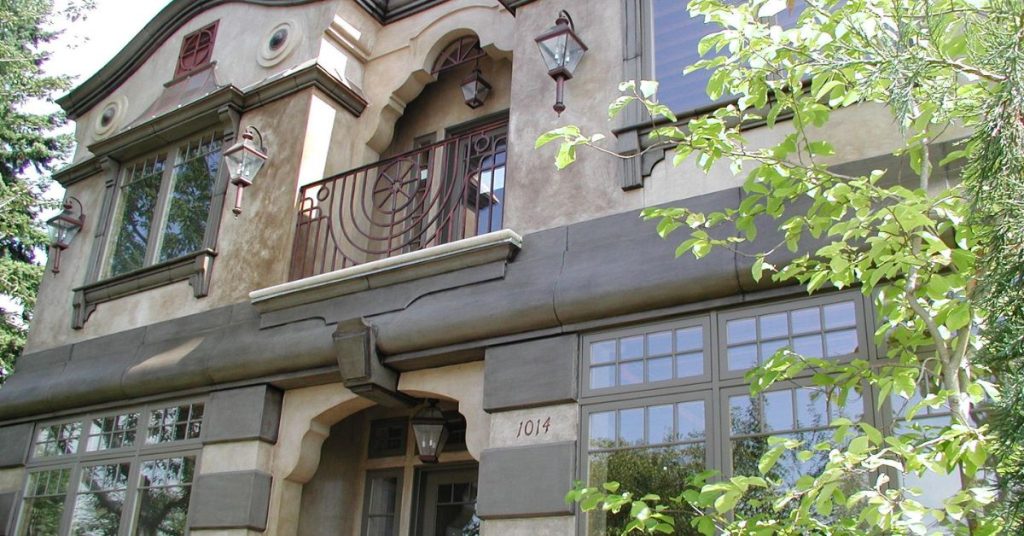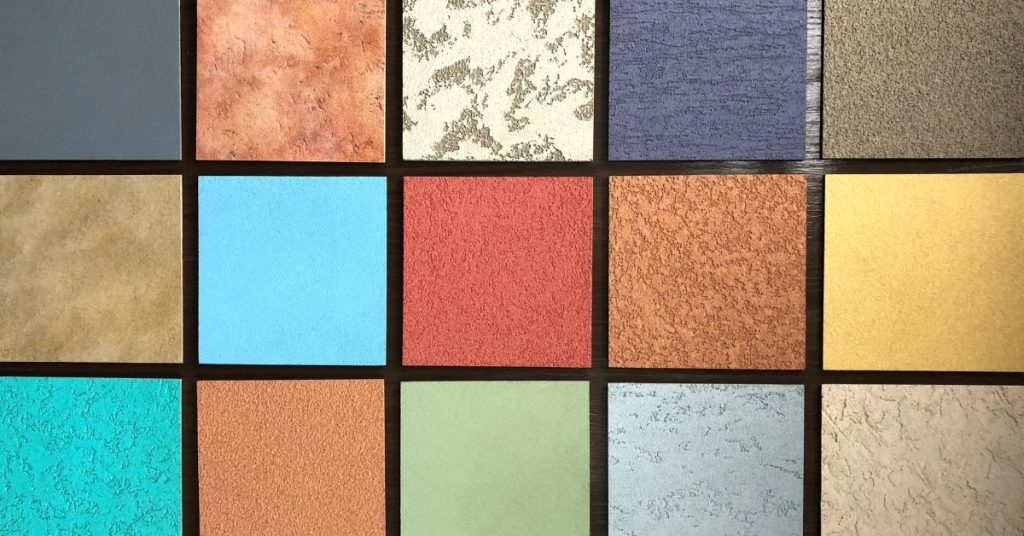When considering the exterior finish of a building, one of the key decisions is the type of stucco to use. This choice significantly impacts the aesthetic appeal of a structure and its durability and maintenance requirements. Traditional stucco has a long-standing reputation for its strength and classic appearance, making it a popular choice for a wide variety of architectural styles. However, elastomeric stucco finishes have emerged as a modern alternative, promising enhanced flexibility and water resistance. Understanding the differences between these two can help homeowners make an informed decision that meets their specific needs and expectations. Read on to learn everything you need to know before investing in elastomeric or traditional stucco solutions!
Traditional Stucco
Traditional stucco contains a blend of Portland cement, sand, and lime, which creates a durable and versatile cladding material suitable for a variety of surfaces. This composition lends itself well to creating a textured finish that can be both smooth and rough, depending on the application techniques employed. The application process typically involves three layers: the scratch coat, the brown coat, and the finish coat. You need to cure each layer properly before applying the next one, ensuring the structural integrity and longevity of the stucco cladding.
People have used traditional stucco for centuries and value it for its ability to withstand a range of weather conditions, from intense sun to severe storms. Its strong and rigid nature allows it to last for decades with minimal maintenance. However, to maintain its appearance and prevent cracking or water damage, you should perform regular inspections and minor repairs. Sealing any cracks and ensuring proper drainage can significantly prolong the life of stucco finishes. Additionally, repainting the stucco every five to 10 years can prevent discoloration and keep it looking fresh.
One of the greatest advantages of traditional stucco is its aesthetic versatility. You can find it in a wide variety of colors to match any design scheme, and it accepts a range of finishes, from smooth to highly textured. This adaptability makes it suitable for a myriad of architectural styles, from Mediterranean to contemporary. Additionally, skilled artisans can create intricate designs and patterns, enhancing the visual appeal of the exterior. Traditional stucco systems can also offer energy-efficient properties, as they act as excellent insulators for homes. The thickness and density of stucco regulate indoor temperatures by keeping homes cooler in the summer and warmer in the winter.
Traditional stucco comes from natural materials that have a low environmental impact. It doesn’t off-gas harmful chemicals and can contribute to a healthy indoor air quality environment. Stucco’s longevity means that it requires less frequent replacement compared to other siding options, reducing construction waste. However, its production requires significant energy input, and proper disposal or recycling of stucco debris is necessary to minimize environmental impacts. Overall, when considering the sustainability of exterior finishes, traditional stucco presents a compelling option.

Elastomeric Stucco
Elastomeric stucco is a modern variant of traditional stucco designed to provide a protective weathering membrane in a pre-colored, extremely durable, fade- and mildew-resistant coating. The high levels of 100 percent Acrylic Polymer ensure these elastomeric stucco coatings have unmatched resistance to surface cracking, unlike standard finishes. An unlimited selection of colors (over 10,000) in distinct aggregate choices creates a wide variety of texture opportunities, from the heaviest southwest stucco to the more contemporary Santa Barbara smooth finish. This flexibility makes elastomeric stucco less prone to cracking compared to its traditional counterpart, particularly in areas that experience significant temperature fluctuations or ground movements. Consequently, it requires less maintenance over time. This makes it a cost-effective and durable solution for many homeowners.
The application process of elastomeric stucco is generally similar to traditional stucco, but it does employ a slightly different technique. You apply a base coat, followed by a topcoat that contains the elastomeric material. You must use these layers under specific conditions to ensure proper curing and bonding. One of the key advantages of elastomeric stucco is its superior waterproofing capabilities. The elastomeric components create a sealed finish that effectively repels water, reducing the risk of moisture intrusion and related issues such as mold and mildew.
In terms of aesthetics, elastomeric stucco offers versatility and customization comparable to traditional stucco. It can match a broad range of color palettes and textures, accommodating various architectural styles. While it typically features a smoother finish due to its formulation, skilled applicators can still achieve a textured look to suit desired design outcomes. Elastomeric stucco also masks minor imperfections on walls, creating an even and polished appearance, which can enhance the visual appeal of any exterior.
From an energy efficiency standpoint, elastomeric stucco systems can provide additional insulation benefits similar to traditional stucco. Its polymer-enhanced structure can contribute to temperature regulation by minimizing heat transfer through walls, thereby improving thermal performance. This characteristic maintains a comfortable indoor environment year-round and can lead to potential energy savings in heating and cooling costs. Moreover, the waterproof nature of elastomeric stucco further enhances its insulating capabilities by preventing moisture buildup, which can otherwise reduce insulation effectiveness.
Environmentally, elastomeric stucco presents both advantages and considerations. The addition of polymers in its composition suggests a greater environmental footprint compared to traditional stucco due to the synthetic nature of these materials. However, its longevity and reduced maintenance needs mitigate this impact by offering a longer-lasting exterior finish. The water-resistant properties also decrease the likelihood of needing repairs or replacements due to water damage.

The Importance of Quality Stucco Materials
Choosing high-quality stucco materials is crucial to ensuring the longevity and performance of any stucco application. Inferior materials can lead to structural weaknesses, reduced adhesion, and increased susceptibility to cracking and weather-related damage. Source stucco from reputable suppliers and consider factors such as the quality of sand, lime, cement, and polymers involved. Using top-tier materials enhances the durability of the finish and supports aesthetic outcomes by ensuring consistent color and texture.
Proper installation is equally vital in preserving the integrity of a stucco system. Employing experienced professionals who understand the complexities of stucco application can make a significant difference. Skilled applicators will prepare surfaces and apply and cure each layer according to best practices. This precision mitigates common issues like cracking and moisture infiltration and maximizes the protective and insulating benefits of stucco. Regular inspection and maintenance contribute to the long-term success of both traditional and elastomeric stucco systems, highlighting the importance of expertise throughout the process.
Find Quality Stucco Solutions at Stuc-O-Flex!
There’s plenty to know when considering elastomeric and traditional stucco solutions for your renovation needs, from composition and application to aesthetics and durability. At Stuc-O-Flex, we specialize in delivering high-quality stucco solutions tailored to the unique requirements of your project. Our experienced team can assist with product selection, design considerations, and installation techniques that maximize performance outcomes. Contact us today for more information on our elastomeric acrylic finish stucco products and services!


Leave a Reply